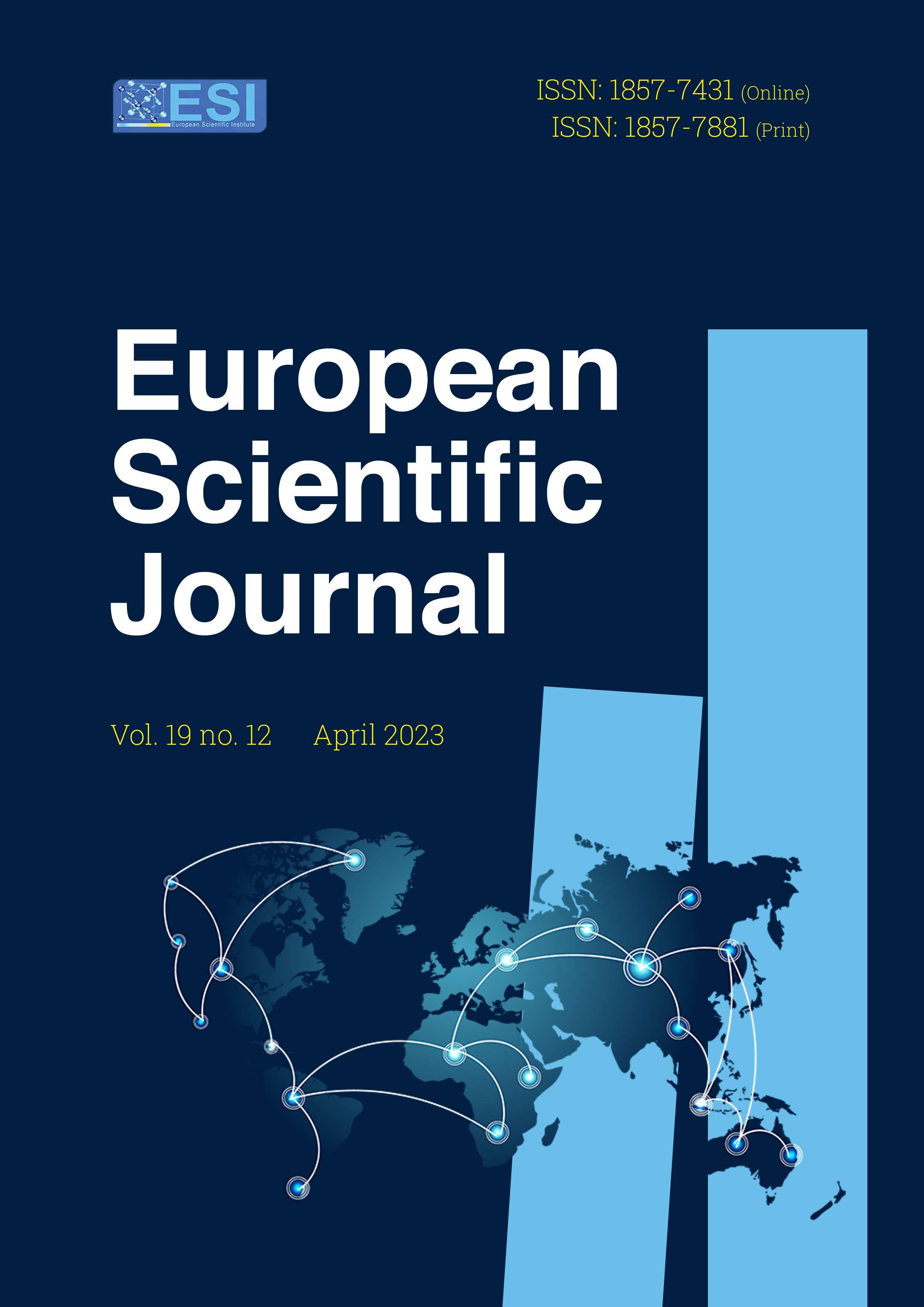Application of Nanotechnology in a Novel Air Purifier for Remediation of Airborne Pathogen and to Prevent the Spread of COVID-19
Abstract
The spread of COVID-19 occurs via airborne transmission. With a constant and variable spread of COVID-19, indoor air-quality has become a major concern all over the world. People who are infected with COVID can release particles and droplets of respiratory fluids that contain the SARS CoV-2 virus into the air when they exhale (e.g., quiet breathing, speaking, singing, exercise, coughing, sneezing). Once infectious droplets are exhaled, they move outward from the person (the source) into the surrounding environment; these droplets carry the virus and transmit infection. Indoors, the very fine droplets and particles will continue to spread through the air in the room or space and can accumulate. Harmful pathogenic organisms like fungi, bacteria and viruses, as the one responsible for causing contagious diseases like the ongoing pandemic of COVID-19 can also be successfully destroyed and neutralized. We have developed and studied the efficiency of the AFL Mini Sanifier II® in a simulated environment of a fiberglass chamber using various types of meters to assess the suspended particulate matter (PM) in the ambient air. We also report the development of a novel face mask that was assessed for safety measures and further improvement by the researchers in the West Texas A&M University. The mask is user friendly and portable, equipped with a small internal fan that supplies a continuous air to the user preventing the suffocating effect caused by the other masks. The novel mini air purifier is equipped with the advanced nanotechnology that cleans and sanitizes both the air and surfaces and subsequently has been shown to reduce common allergy, asthma and hay fever related symptoms. This mask and the mini air purifier function in an advanced way to combat all forms of airborne pathogens including the bacteria, viruses, mold spores and harmful Volatile Organic Compounds (VOC) present in the air.
Downloads
Metrics
PlumX Statistics
References
2. Banerjee, Prabir (2018). MS thesis, West Texas A&M University. Pp 4-29.
3. Bleakley, G., Steen, C., Freeman, S. (2021). Essentials of Nursing Critically Ill Adults. 2021 - Sage Publications Ltd. 100 p.
4. Bolashikov, Z. D., and Melikov, A. K. (2009). Methods for air cleaning and protection of building occupants from airborne pathogens. Building and Environment, 44(7), 1378-1385.
5. EPA (2016). Particulate Matter (PM) Basics. United States Environmental Protection Agency. https://www.epa.gov/pm-pollution/particulate-matter-pm-basics
6. EPA (2021). Indoor Air and Coronavirus (COVID-19). United States Environmental Protection Agency. https://www.epa.gov/coronavirus/indoor-air-and-coronavirus-covid-19
7. FIRS (2019). Air Pollution: What air you are breathing? Forum of International Respiratory Societies. https://www.firsnet.org/news-and-events/news-article/120-air-pollution-what-air-are-you-breathing visited on Sept.1, 2022.
8. Ghosh, N., Vitale, J., Bell, J., Goyal, S., A. Howard, Banerjee, P. (2020). An Assessment of the AFL Mask® and LUNA Wallmount, the new developments in the Air-Purifier industry for preventing the airborne pathogens. European Scientific Journal, September 2020 edition Vol.16, No.27 ISSN: 1857-7881 (Print) e - ISSN 1857-743: 1-16
9. Ghosh, N., Vitale, J., Bell, J., Goyal, S., A. Howard, Banerjee, P., S. Mitra. (2021). An Assessment of the AFL Mini Sanifier II® in terms of reducing the incidence of canine allergy. June 2021 Art, Humanities, Social Sciences, STEAM and Education Conference Proceedings. Hawaii University Place, Hawaii.
10. Goyal, Shaily (2022). MS thesis, West Texas A&M University. Pp 2-5.
11. Howard, A. (2022). MS thesis, West Texas A&M University. Pp 1-19.
12. Langrish J. P., Mills N. L., Chan J. K., et al. (2009). Beneficial cardiovascular effects of reducing exposure to particulate air pollution with a simple facemask. Part Fibre Toxicol. 2009; 6:8. Published 2009 Mar 13. doi:10.1186/1743-8977-6-8
13. Lim, E.C.H., Seet, R.C.S., Lee K-H, Wilder-Smith, E.P.V., Chuah, B.Y.S., Ong, B.K.C. (2006). Headaches and the N95 face-mask amongst healthcare providers. Acta Neurol Scand 2006: 113: 199–202 DOI: 10.1111/j.1600- 0404.2005.00560.
14. Mindell, E., (2016). The Happiness Effect. Chapter 3. Square One Pub. EBook.
15. Miyazaki, K. and Islam, N. (2007). Nanotechnology systems of innovation—An analysis of industry and academia research activities. Technovation, Volume 27, Issue 11, November 2007, Pages 661-675.
16. Roberge, R. J. Emily B., Jeffrey B. P., Aitor C., Marc R. R., Stacey M. (2010). Effect of exhaled moisture on breathing resistance of N95 filtering face-piece respirators. Browsed on 7.7.2020 at https://netec.org
17. Sharma, B., Adhikari, A. P. ed. (2020). Covid-19 Pandemic and Nepal: Issues and Perspectives, Ch. 9, P. 100. Asta-Ja USA
18. Tsai, J., Homa, D.M., Neff, L.J., et al. (2021). Trends in Secondhand Smoke Exposure, 2011-2018: Impact and Implications of Expanding Serum Cotinine Range. Am J Prev. Med., 61(3): e109-e117. doi:10.1016/j.amepre.2021.04.004
19. Texas Agrilife Extension (2022). Ambient Air Quality in the Texas Panhandle. https://agrilifeextension.tamu.edu/asset-external/ambient-air-quality-in-the-texas-panhandle/
20. WHO (2018). Air pollution and child health: prescribing clean air. Summary. Geneva: World Health Organization. (WHO/CED/PHE/18.01). License: CC BY-NC-SA 3.0 IGO.
Copyright (c) 2023 Nabarun Ghosh, Shaily Goyal, Aubrey Howard, Prabir Banerjee, Jay Vitale

This work is licensed under a Creative Commons Attribution-NonCommercial-NoDerivatives 4.0 International License.








